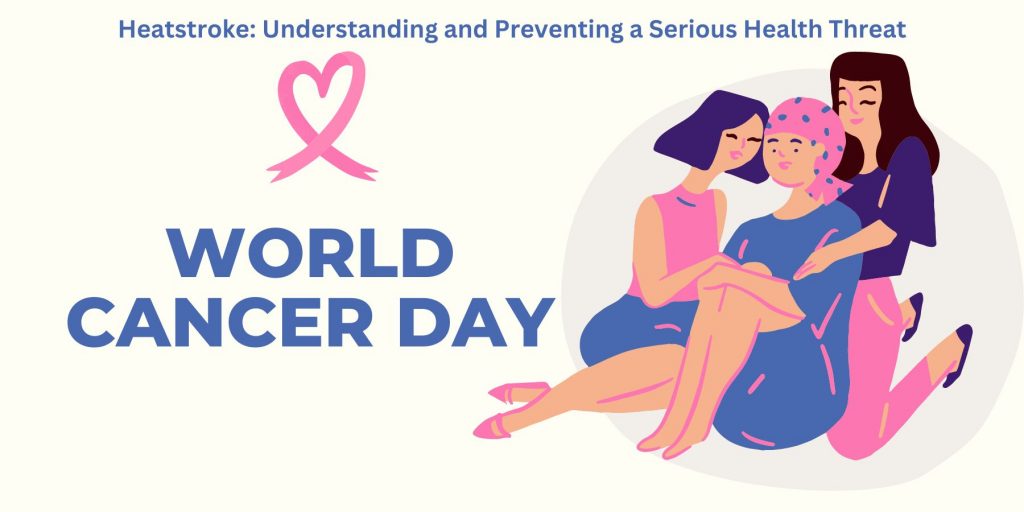
Introduction
heatstroke A high body temperature, usually greater than 104°F (40°C), is the hallmark of heatstroke, a potentially fatal illness that is frequently accompanied by neurological abnormalities. When the body’s regulatory systems are unable to disperse excessive heat, it happens. If left untreated, it can have serious effects. Although anybody can get some groups are more susceptible than others, including the elderly, small children
and people with underlying medical issues.
Understanding is crucial since heatwaves are happening more frequently and global temperatures are rising as a result of climate change. This article offers a thorough review to assist people in staying safe in hot environments by examining the mechanics underlying heatstroke, as well as its symptoms,risk factors, and preventative and treatment methods.
How Heatstroke Occurs
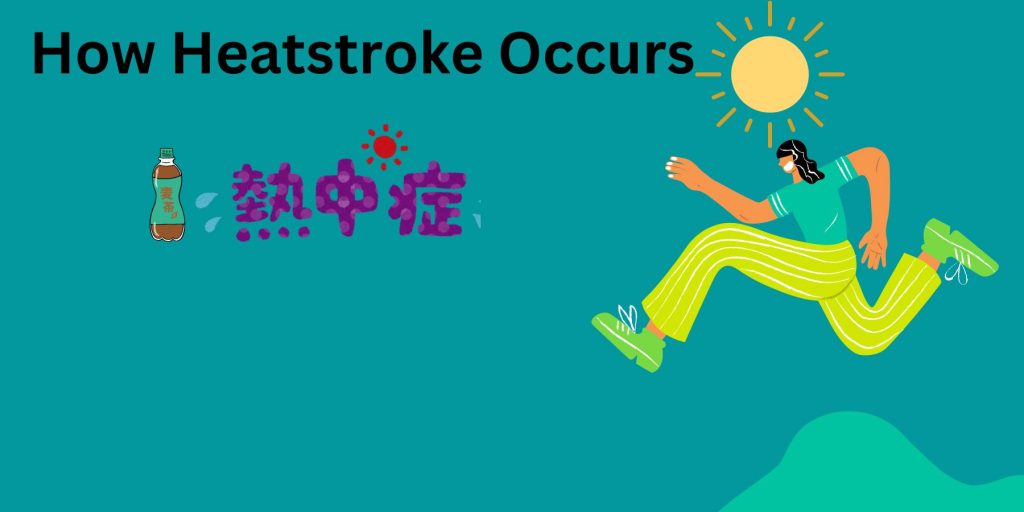
The most serious type of heat-related sickness is which is brought on by extended exposure to high temperatures or by physical activity in warm settings. The human body uses a number of processes to keep its internal temperature constant, which is normally approximately 98.6°F (37°C). Among these
Sweating: The body releases perspiration, which cools the body by evaporating off the skin’s surface.
Vacillation: The widening of blood vessels close to the skin’s surface permits heat to escape through the skin.
1. Classic (Non-Exertion) : People who are unable to cool themselves sufficiently in hot conditions are usually affected by this kind. Vulnerable populations include the elderly, young children, and people with long-term medical conditions are frequently affected. Classic is caused by a number of factors, such as prolonged exposure to extreme outside temperatures.
restricted availability of hydration and chilly settings.
Usage of drugs or chemicals that affect regularisation (such as anti psychotics and some diuretics).
2. Exertion : When healthy people engage in intense physical exercise in hot weather, this happens. It is typical of labourers, athletes, and soldiers. Among the elements that can lead to exertion are:
Symptoms Heatstroke of Heat
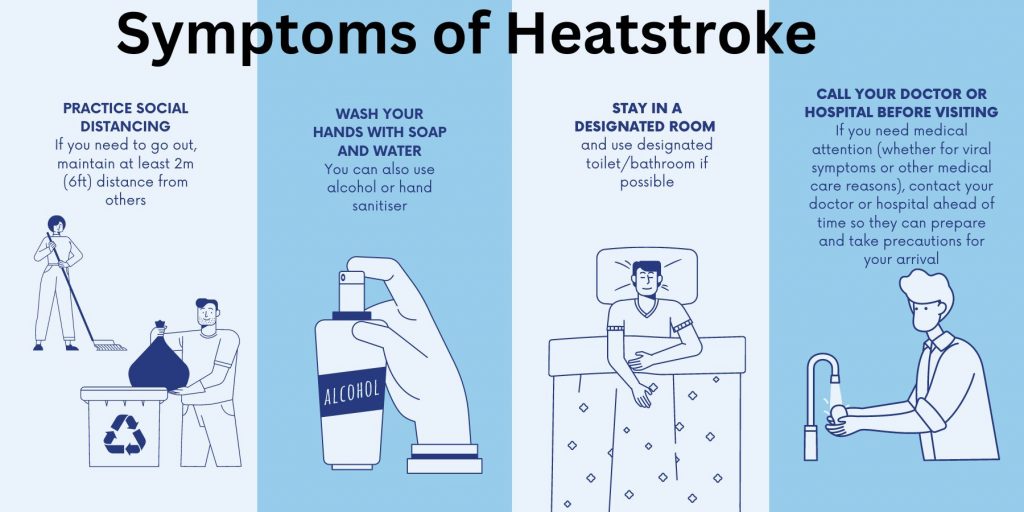
It’s critical to recognise the warning signs and symptoms of in order to act quickly. The severity of the heat exposure and the state of the person can both affect how quickly the symptoms manifest. Typical signs and symptoms include of:High Body Temperature: is characterised by a core body temperature of 104°F (40°C) or greater.Changed Mental State: Neurological impairment is indicated by confusion, agitation, slurred speech, irritability, delirium, seizures, and loss of consciousness.Skin Changes: Excessive sweating can cause the skin to become wet with exertion heatstroke or hot and dry with classic heatstroke.Fast Heart Rate: When the body tries to cool down, the heart rate rises.
Risk Heatstroke Factors
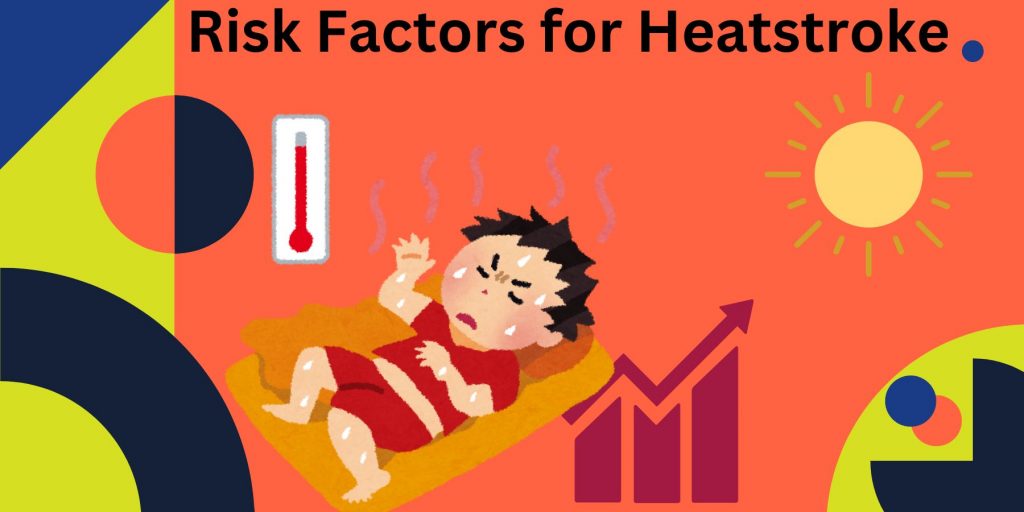
Although anyone can get there are some things that make it more likely. Among them are:
1. Age: Young children and infants: They are more sensitive to heat and have developing regulatory systems.
Seniors: As we age, our bodies become less able to adapt to temperature fluctuations. We also frequently have decreased mobility and underlying health problems.
2. Health Conditions: Chronic Illnesses: Heart disease, diabetes, and respiratory issues are among the ailments that might hinder the removal of heat from the body.
Obesity: The body finds it more difficult to cool down when it has too much body fat acting as insulation.
3. Drugs and Substances: Some drugs, such as diuretics, antihistamines, and anti-psychotics, can affect how well the body regulates its temperature.
Treatment and Management of Heatstroke
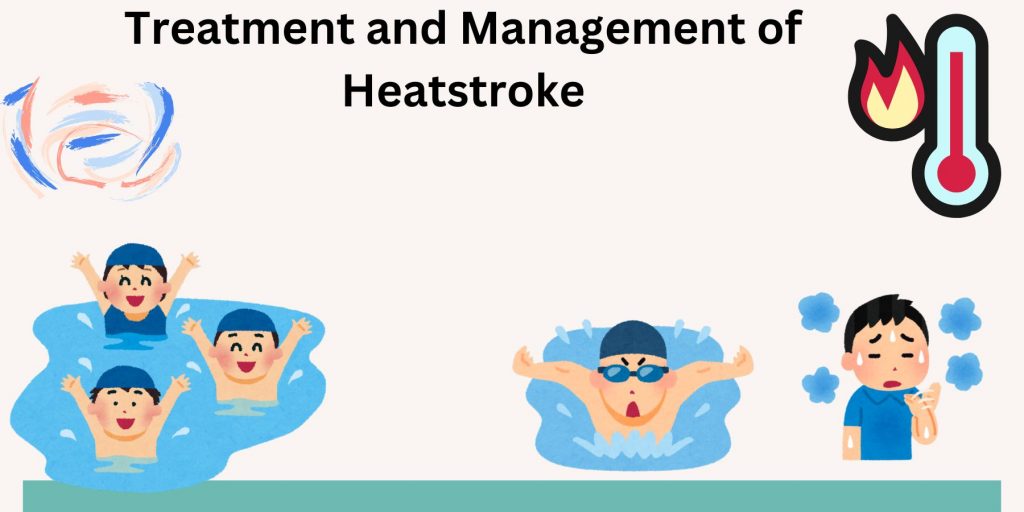
A variety of behavioural, environmental, and educational tactics are used to prevent with the goal of minimising exposure to intense heat and improving the body’s capacity to withstand high temperatures. Important preventative techniques include of:Employ Cooling Techniques: Air Conditioning: Lower body temperature by spending time in air-conditioned spaces.
Fans and chilly Showers: To reduce body temperature, use chilly showers or baths.
Prompt and effective treatment of is essential to prevent severe complications and ensure recovery. Immediate medical attention is crucial, but first aid measures can be administered while waiting for professional help. Treatment strategies includ
Conclusion
dangerous and sometimes lethal illness that requires knowledge about and readiness for, particularly as temperatures around the world continue to climb. Protecting oneself and others from the risks of excessive heat requires knowledge of the mechanics, symptoms, risk factors, and preventive strategies.
https://avengers.wmomiti.com/wp-admin/post-new.php?post_type=